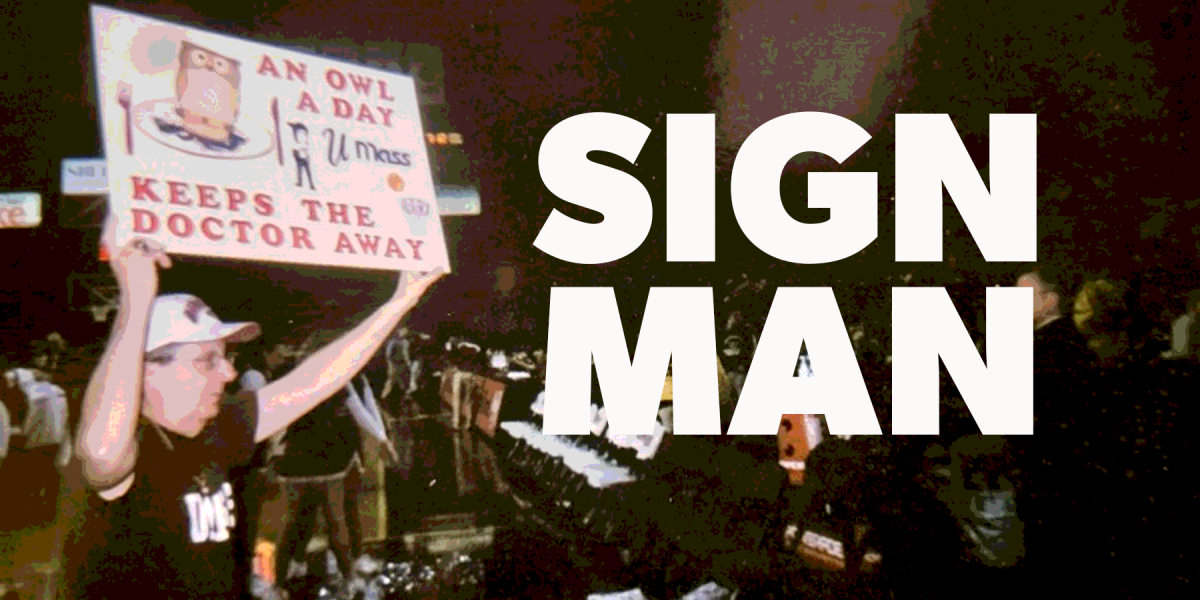
On January 28th, 2016, toy company Mattel announced that Barbie would become available in four new body types, seven skin tones, 22 eye colors and 24 hairstyles. The infamous thin “original” frame of Barbie’s body now comes in curvy, petite and tall.
The Barbie dolls are expected to be available in Walmart and Target by March 2016 and are currently available for sale online at Barbie.com.
Mattel might want to consider changing the “original” category or removing all category names. Barbie dolls don’t have to mimic clothing stores, they can just be dolls and women can just be women – without the labels.
Kimberly Culmone, vice president of design at Barbie Global Creative, explains that the company worked for two years brainstorming the new design of Barbie. For discretion, they called this process “Project Dawn,” which sounds more like the next James Bond movie than a Barbie planning procedure.
The company has been very transparent about this endeavor and documented the process heavily.
“This is what our future looks like because this is what the world looks like,” senior director of product design Robert Best said in a video released by Barbie.
Despite a two-year planning process, there are still some obvious problems with the Barbie dolls. For instance, the tall Barbie doll looks like a high fashion model. Her feet may be more realistic to women who are taller, generally speaking, but in no way does a women being tall automatically correlate with her being thin. Similarly, the curvy Barbie doll has larger feet and last time I checked, you can’t gain weight in your feet.
The new body types have still received lots of praise and support on social media platforms. Mattel mainly utilized Twitter to announce the changes to the iconic doll. The company supported its social media campaign with the hashtags “#TheDollEvolves” and “#YouCanBeAnything.” Within 24 hours, Barbie was mentioned by 129,025 tweets across 104,967 accounts, according to Twitter-monitoring platform Visibrain.
According to Visibrain analytics, not only were approximately 72 percent of these tweets from women, but they were positively reacting to Barbie’s change, with hashtags like “#progress” and “#diversity.” Barbie’s spiked popularity was a resurgence, given the doll’s recent decline in overall sales. In 2014, the Elsa doll was the most popular girl’s toy. In the same year, Lego brand had surpassed Mattel as the world’s biggest toy company.
In the fourth quarter of 2015, Mattel’s Barbie doll sales rose half a percent for the first time in two years, reaching $327.6 million, according to a Reuters report. While Mattel is very proactive on analyzing data on their sales, perhaps they should look at statistics on the National Eating Disorders Association website when generating brand ideas, too.
Becky Lockwood, the Associate Director of Counseling and Rape Crisis Services at the Center for Women and Community at the University of Massachusetts Amherst, says, “I’m suspicious when the end result is to make a profit.” Now that Barbie comes in four different body shapes and two shoe sizes, that requires buying clothes specific for each body type. Barbie can’t share her clothes anymore with her friends and it doesn’t seem like Mattel minds.
Lockwood played with Barbie dolls as a little girl and hesitantly let her daughter play with them. She overall agrees with the changes, saying, “It’s a step in the right direction,” but wonders about the authenticity of Mattel’s morals. Lockwood, thinking in the macro sense, wonders how much of a presence the new dolls will have in the existing Barbie material culture, which includes books, clothes, video games and many other forms.
In her article for Time, journalist Sarah Miller also questions Mattel’s desire to make a profit versus actually benefiting young girls.
“Mattel obviously wants to keep Barbie around. Partly because they love her and partly because they love money,” Miller writes. She goes on to satirically mock the doll, asking, “Can you celebrate her resilience by purchasing her in several versions?”
Richard Dickson, the president and chief operating officer of Mattel and executive in charge of Barbie’s reinvention, is trying to shift Barbie away from her body type and focus more on her career ambitions. He attributes the unnatural body proportions of the doll to the “art and the science” of creating toys, in a New York Times article.
“We are in a position of progress, not perfection,” VP Kimberly Culmone said in an article for Time. This is clear, considering Mattel still produces dolls with proportions that aren’t reflective of real life body types. In the article, she says Barbie’s body was not meant to have life-like proportions, but was “designed for girls to easily dress and undress.”
If those spared childhood seconds of putting a shirt on a doll could compensate for a life-long battle of loathing your self-image, then sure, Culmone has a point.
The “original” Barbie doll created by Ruth Handler debuted in 1959. Time Magazine tracked the doll’s evolution from 1961 to present day in a slide show showing Barbie’s supposed transition. In over five decades, change manifests in the nuanced shades of the doll’s pursed lips and her eyes evolve to look less like a half stirred palate of blue paint and actually convene to an oval shape. Her hair often remains blonde and her skin often white with a bad spray tan.
“We don’t provide Barbie dolls for the kids because they don’t look realistic and are not anatomically correct,” said Maryanne Gallagher, director of the UMass Center for Early Childhood Education and Care.
Gallagher also makes the point that while Barbie may be the poster child to blame for inaccuracy in toys, the doll isn’t the only perpetrator. If Barbie was eradicated tomorrow, there would still be racist, sexist and body shaming manifestations in other cultural products. That being said, Barbie is guilty of reflecting dominant ideologies of our culture and marketing them as beauty ideals. As our society begins to reshape these ideals, Barbie had no choice but to shape up too.
It seems that Barbie is invariably subject to critique, even when moving in the right direction, because of what she started out as. Barbie is that girl in high school who was popular and mean. Even when she turned around and tried to be nice, she may always be seen as that girl. Despite Mattel’s push to make Barbie more appealing to larger audience of women, arguably, too much damage has already been done.
Kristina Monllos of Adweek reiterates this point.
“While Barbie does have more competition than ever… its real enemy doesn’t seem to be other brands. Instead, the enemy is the perception of Barbie herself,” Monllos writes.
Amherst resident Suzanne Stillinger feels similarly. She shops with her two-year-old daughter at The Toy Box. Stillinger appreciates the new changes the company has made but remains adamant in not letting her daughter be exposed to the world of Barbie.
“I don’t think Mattel would ever change enough for me to get one for her,” Stillinger said.
Nickolay Lamm, inventor of the Lammily doll, joined in the critique of Barbie, mainly taking up strife with the doll’s measurements, which result in a woman not having room for all internal organs or bipedalism. Yet his execution of the Lammily doll in November 2014 fell short, considering the doll was still white, ableist and had an athletic figure. It was as if cellulite and acne were appeasements to realistic portrayals of women, by ignoring race, religion and other defining identities.
Barbie herself has other previous perfunctory attempts at inclusivity. Wheelchair Barbie couldn’t fit into the elevators of her dream house. Slumber party Barbie came with accessories like a scale and book about losing weight whose advice included “don’t eat.” Teen talk Barbie included the soundbite “math class is tough,” which also drew controversy as fed into unfounded stereotypes about women in fields of science, technology, engineering and math.
The Toy Box in Amherst does not carry Barbie dolls, and UMass alumnus and store manager Kira Mattheson talked about why.
“We are always really aware of our community and our community would not accept Barbie at their local toy store,” Mattheson said.
Mattheson believes Mattel is under pressure to conform to the times. She congratulates the company on this new change but remains skeptical. Instead, she carries other doll brands in the store that serve as better role models and images to little girls and children, such as Lottie Dolls.

The Lottie Doll promises a more appropriate representation of young girls. The company’s website says the doll’s proportions are based on that of a nine-year-old girl. Also hitting shelves soon is the GoldieBlox doll, which encourages young women to enter the STEM fields and comes with construction sets.
Brands aside, people are not waiting idly for dolls to be designed that look like them or better represent their identities. Nigerian Muslim blogger Haneefah Adam has started adorning her Barbie dolls heads with hijabs, a traditional head scarf worn by some Muslim women. The 24-year-old medical scientist has a potential doll empire at her hands, as she plans to make “hijarbies” available for sale.
The Barbie campaign features a video entitled, “Imagine the Possibilities” that depicts little girls as professionals in various careers. The video pans out to little girls playing with the dolls in a room together. This attempt at earnestness is just another push for urgency among young girls to grow up. And Barbie oh so valiantly takes it upon itself to direct little girls in their career paths and empower them to find their potential, when in reality, the doll may be doing the exact opposite.
Barbie is meant to be a doll. She is not responsible for raising young women or shattering the glass ceiling. Mattel’s developers should refocus the grandiose dreams of the doll to simply not being a bad role model and portraying accurate beauty ideals to little girls. Life in plastic is becoming more inclusive but Mattel has many more steps to make this change truly impactful.
Otherwise, these attempts are as superficial as the plastic Barbie is made of.
Erica Garnett can be reached at [email protected] and followed on Twitter @GarnettErica.


















